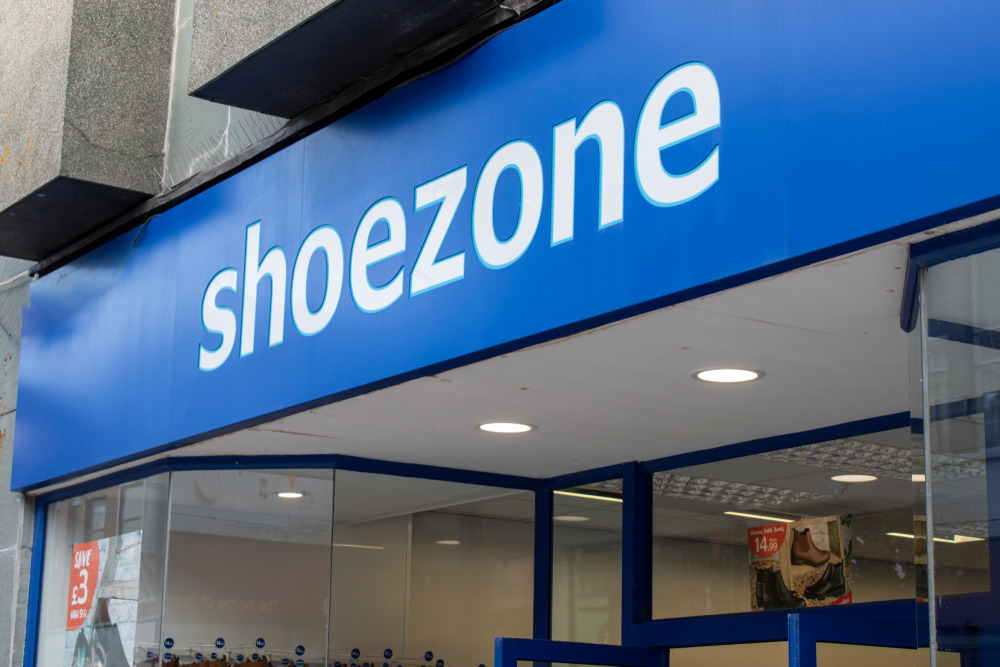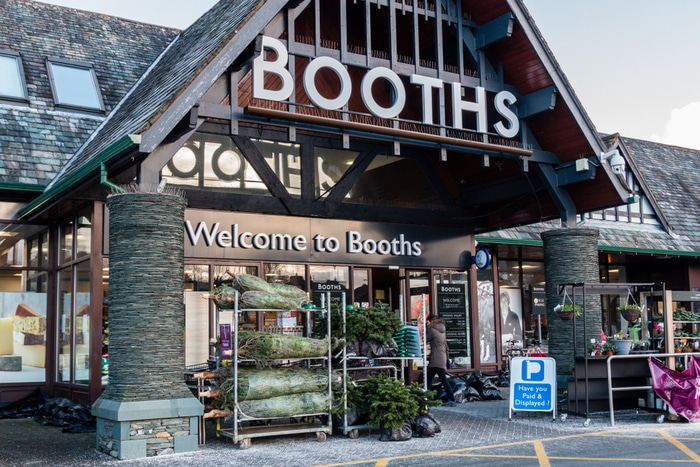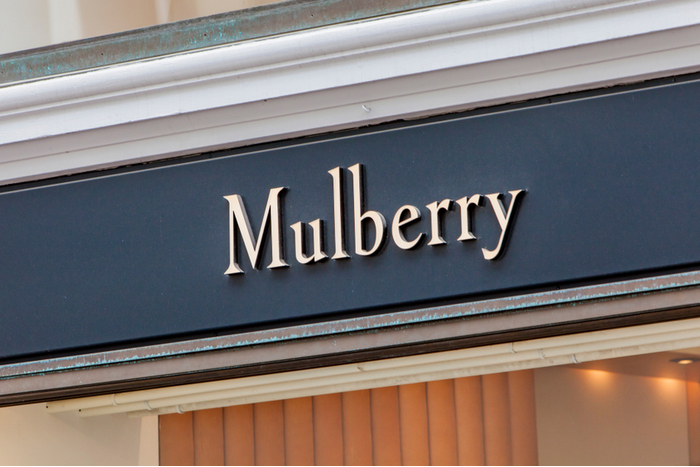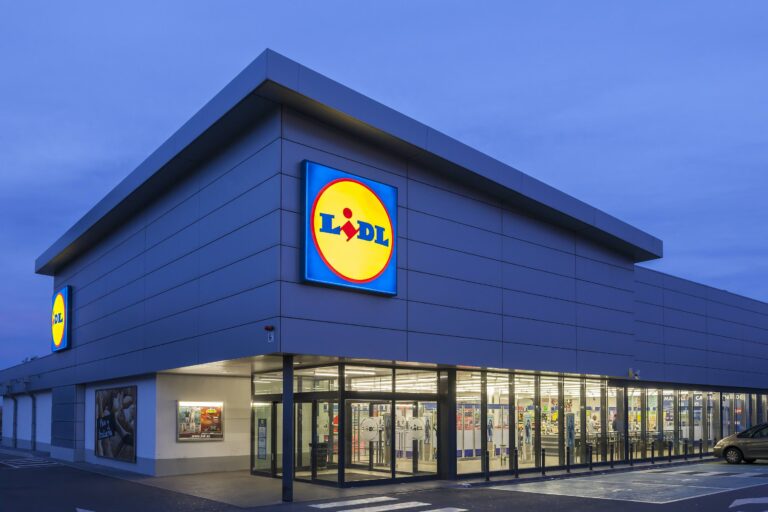This time last year, there were two new e-commerce channels everyone was talking about – social and mobile commerce, and 12 months on mobile commerce has really taken off. Big name retailers, like John Lewis, have admitted surprise at the level of mobile traffic they received to their online clearance sales. While the jury is still out on social shopping, it doesn‘t stop the retail industry pushing new payment channels to help retailers stay one step ahead. With this in mind, what new payment options will 2012 bring?
We can‘t ignore the power of mobile after last year‘s success. Mobile commerce has merged the convenience of online shopping with the benefits of visiting a physical store for the ultimate “clicks to bricks” experience. Not only does it enable consumers to shop on impulse wherever they are, but they can use their mobile device while in-store to go online and to compare prices, purchase heavy items online with free delivery, or find items that might be out of stock. As a result, mobile apps and sites are rapidly being deployed as retailers fight for their share of limited consumer spending.
Another important aspect to m-commerce is quick response (QR) codes, which encourage consumers to scan barcodes with their camera so they can be directed to an advert, voucher or special offer. According to a UK consumer survey from TolunaQuick, 19 per cent of consumers have already scanned a QR code, and if the 4549 per cent increase in uptake between 2010 and 2011 is any indication, they will continue to be a dominant force this year.
One interesting application of QR is in grocery shopping for commuters. A recent experiment in South Korea saw consumers scan photos of groceries (containing a QR code) on a wall-length billboard in a Seoul metro station, designed to look like a series of supermarket shelves. Users could scan the code of any product they wanted to purchase via their phone, which added the item to their online shopping cart. Those who completed the purchase found their groceries waiting for them on their return home.
While the m-commerce market will grow, we anticipate a slight change of focus towards tablet specific users as consumer ownership increases and retailers understand that content consumption does differ from a smartphone. If the recent CES event in Las Vegas is any indication, 2012 will be the year of the tablet and, as a result, these devices will likely become a key battleground for e-commerce – the IMRG has already seen that 8 per cent of consumers are using the device as their main means of getting online.
The size of the screen means information can be presented more clearly to the consumer than when using a smartphone. They also support richer content, making apps more engaging and innovative. That, coupled with the fact they are more suited for viewing video adverts, means retailers can use the device to drive footfall in high-street stores, with offers and coupons, as well as converting sales.
Another major trend for 2012 will be near field communication (NFC). According to Juniper Research, by 2014 one in five smartphones will come equipped with the ability to wirelessly exchange information and make financial transactions in stores and online– effectively turning the mobile device into a digital wallet. While many may think NFC has no relevance to e-commerce, new technology has emerged, with the potential for it to change the way we shop through our PCs.
In the US, Intel is currently working on combining MasterCard‘s PayPass contactless system with its Identity Protection Technology (IPT) to bring NFC to online shopping. Through the use of an IPT enabled reader on a computer, consumers will be able to pay for online purchases with a simple tap of their NFC enabled smartphone. This will present a more secure payment method to the consumer because it combines the use of two-factor authentication and hardware-








